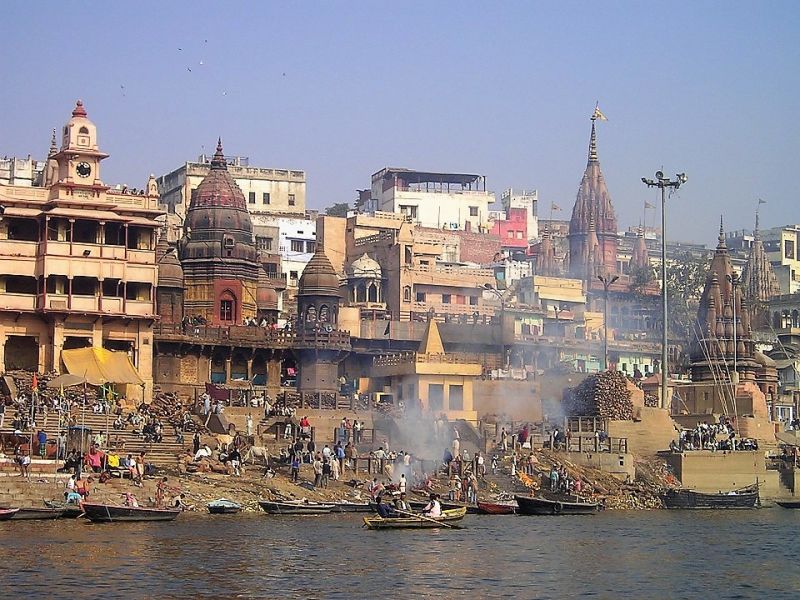Number of Critically Polluted Rivers has Gone Up - 5 Ways to Tackle River Pollution
Published on by Water Network Research, Official research team of The Water Network in Academic
The increasingly heavy reliance of humans on rivers for their needs has resulted in severe pollution rise with every passing year.
 Besides keeping pace with the growth in the human population, mushrooming of environmentally polluting industries such as textile, chemical, leather has added woes to the environment or pollution control bodies. According to the recent assessment done by the Central Pollution Control Board (CPCB) published in The Hindu, the number of polluted stretches in India has increased to 351 from 302 within a span of two years. The whole picture becomes more alarming in the view of an increasing number of critically polluted stretches which has gone up from 34 to 45 according to an assessment by the CPCB.
Besides keeping pace with the growth in the human population, mushrooming of environmentally polluting industries such as textile, chemical, leather has added woes to the environment or pollution control bodies. According to the recent assessment done by the Central Pollution Control Board (CPCB) published in The Hindu, the number of polluted stretches in India has increased to 351 from 302 within a span of two years. The whole picture becomes more alarming in the view of an increasing number of critically polluted stretches which has gone up from 34 to 45 according to an assessment by the CPCB.
According to the CPCB estimates, the majority of polluted rivers are found in Maharashtra, Assam and Gujarat which together account for 117 of the 351 polluted river stretches.
Our rivers are primarily polluted by two sources - either Industrial sewage or waste which enters the rivers through agriculture runoff. Agriculture runoff pollutes rivers as it washes away chemicals used for cultivation from the agriculture field to the rivers bodies.
Year after year increasing number of polluted rivers has rung alarm bells for the political-administrative machinery of the country which has been grappling to find out the most feasible and sustainable solution of making Indian rivers pollution free. Here are some practical guidelines which could go a long way towards making Indian rivers pollution free.
Ways for tackling river pollution in India:
1. Since the untreated discharge is one of the prime sources of pollutants contributing to river pollution, strict guidelines should be in place for industrial effluent wastes prior to discharge into the river. The toxic material must be treated chemically and converted into harmless materials.
2. The excessive use of chemical fertilisers should be reduced and replaced gradually by organic inputs. The chemicals being drained into river water cause severe loss to the river ecosystem thus polluting the river water severely as well.
3. Human activities are largely responsible for the increase in pollution in rivers, therefore, humans should not be allowed to throw wastes, wash off clothes into the river water.
4. The municipal bodies of the urban cities ought to have well-established wastewater management system in place which may act as an effective system from preventing urban municipal wastes or pollutants being drained into river water.
5. Widespread and intense awareness programme for the common public should be undertaken to inform them about the serious implications of river pollution. People at large should be informed and educated about the habits, practices and do’s and don’ts that they should adopt for not polluting water bodies.
Source: Timesnow News
Media
Taxonomy
- Water Pollution
- River Studies
- Environment
- Pollution
- Restoration
- Water Pollution Control
3 Comments
-
Bonjour je suis désolé mais dans votre présentation vous avez oublié le rejet des eaux usées domestiques qui finissent tous dans les milieux hydrauliques naturels de surface
Hello I'm sorry but in your presentation you have forgotten the rejection of domestic wastewater that all end up in natural surface water
-
Thanks for this article.
-
Two more measures appear essential:
1. Decentralised treatment of sewage and industrial effluent including recycling and reuse of treated water.
2. Extensive recharge of groundwater which will reduce diversion of water from river and increase base flow in the river.